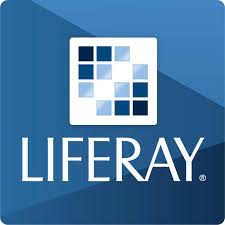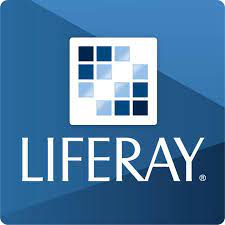Liferay is an open-source corporate portal and content management system (CMS) with roots in the early 2000s.
Here is a timeline of Liferay's history as an open-source project:
- Founding (2000): Liferay was developed in 2000 by Brian Chan, a software engineer, with the purpose of developing a platform for the building of dynamic websites and portals. Liferay, Inc., the firm behind Liferay, was founded in 2004.
- Liferay Portal 1.0 (2004): Liferay Portal's initial version was published in 2004. It gave customers a solid foundation for creating enterprise portals and content management systems.
- Open Source (2005): Liferay accepted the open-source concept in 2005, when it released the source code under the GNU Lesser General Public Licence (LGPL). This action fostered community participation and collaboration.
- Community Growth: Liferay's open-source nature has attracted a growing community of developers, users, and contributors. The community was instrumental in improving and expanding Liferay's capabilities through plugins, themes, and other contributions.
- Liferay Portal 6.0 (2009): A important milestone for Liferay, this version introduced improvements in usability, speed, and scalability. It also included capabilities for social collaboration and digital content management.
- Liferay Marketplace (2011): The Liferay Marketplace was developed to simplify the distribution and discovery of Liferay Portal plugins and extensions. Plugins might be published by developers and readily found and installed by users.
- Liferay Portal 7.0 (2016): Version 7.0 included a modernised architecture, enhanced user experience, and support for cutting-edge technologies. Modularization with the OSGi framework, a new user interface (AlloyUI), and improved mobile responsiveness were all incorporated.
- DXP (Digital Experience Platform) (2017): Liferay DXP (Digital Experience Platform) (2017) DXP represents a broader and more integrated approach to digital experience management. It integrates portal functionality with document management, collaborative tools, and analytics.
- Ongoing Development: Liferay is still being developed, with frequent updates and new releases. The developer community is still active, contributing to the platform's growth and expansion.
- Liferay 7.4 (2021): At my latest knowledge update in January 2022, the most recent major version was Liferay 7.4, which continued the platform's focus on digital experience management and offered advances in areas such as user experience, security, and integration capabilities.
It's important to check the official Liferay website or community channels for the latest information, as developments may have occurred on regular basis.
You should contact to the best software development company in India, who is well aware of all Liferay Development updates and giving you the best solution with developing the best results.



No comments yet